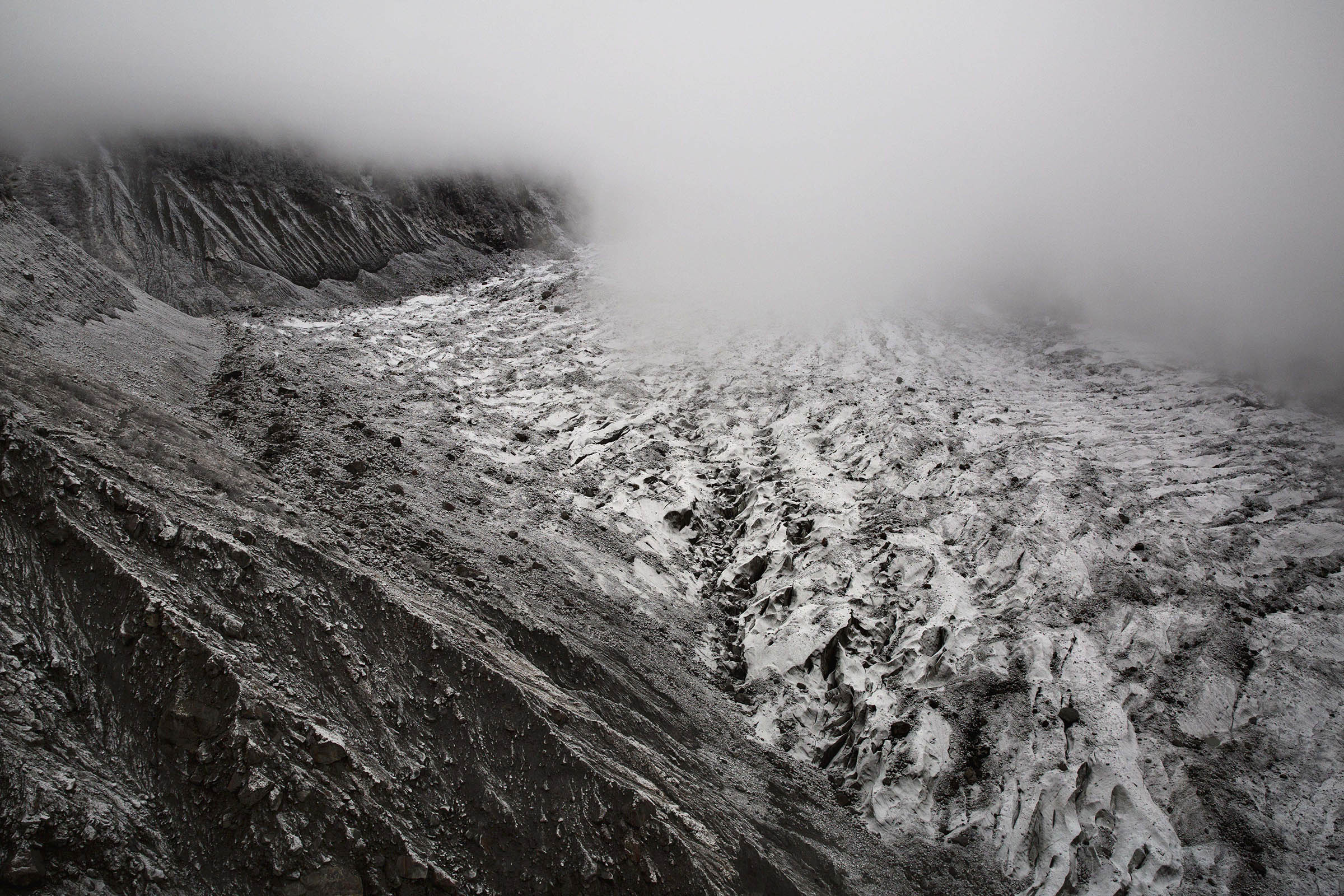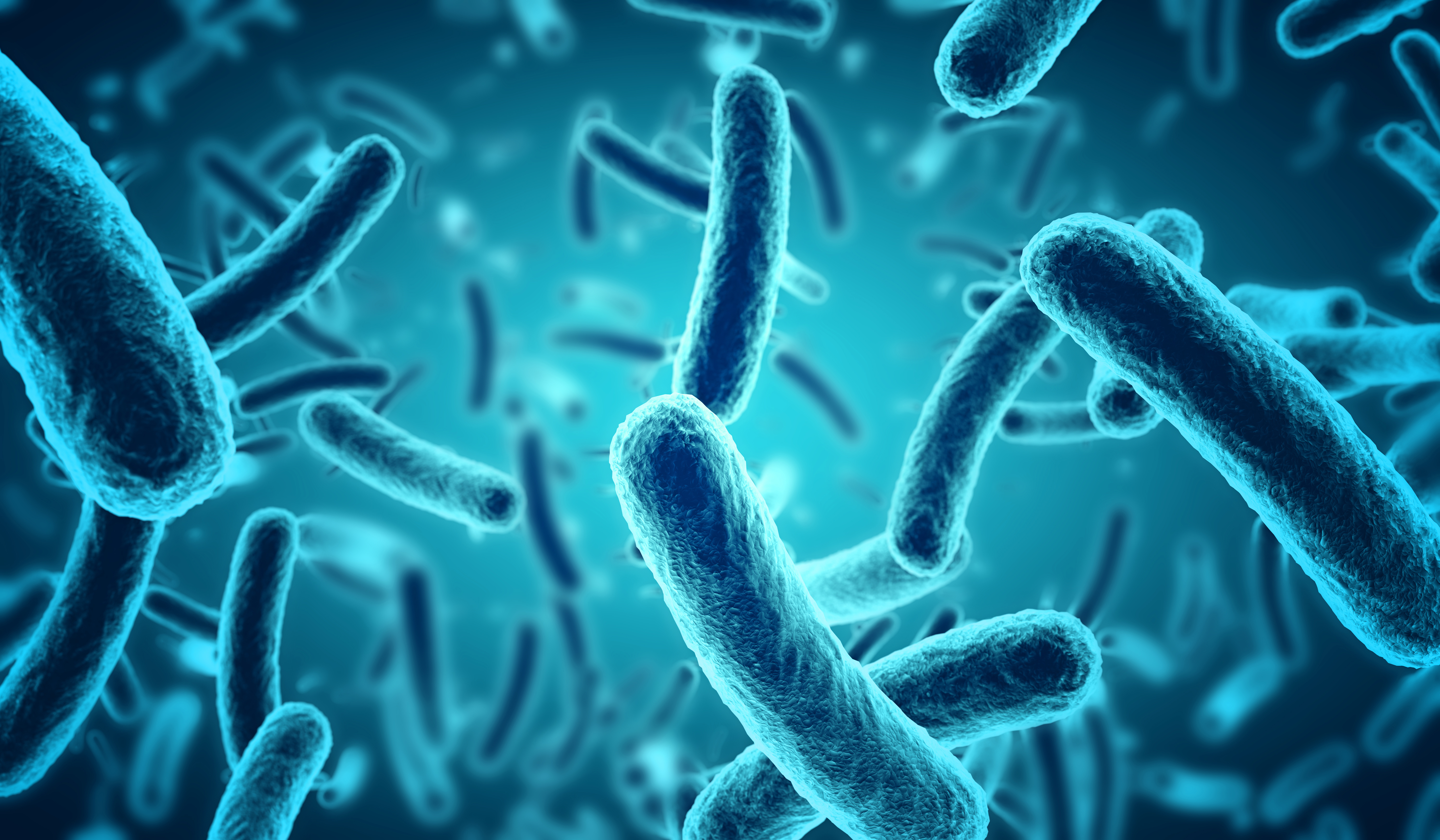Global temperatures continue to rise, with melting glaciers everywhere sending more water into the oceans and land. Ancient permafrost has begun to soften and melt, opening up massive craters within the Earth. Another concern of the ongoing rising temperatures, though, is how melting glaciers, like some extreme Tibetan glaciers, could unleash species of possibly dangerous ancient microbes.
Scientists found nearly 1,000 new microbes living in extreme Tibetan glaciers

Living as a microbe in extreme Tibetan glaciers isn’t easy. After all, you’re constantly moving between being thawed and then frozen solid depending on what time of year it is. As such, these extreme conditions require some extreme resilience to survive. Now, scientists say they’ve discovered a new group of microbes living in melting Tibetan glaciers.
Altogether, the researchers say they’ve discovered 968 species. All of which feature a hugely diverse range of microbes. The team published its findings in a new paper featured in Nature Biotechnology. The paper is the first dedicated genome catalog of the glacier ecosystem, and it has revealed some intriguing results.
First, the researchers found that extreme Tibetan glaciers can support a diverse array of life. This includes bacteria, algae, fungi, archaea, and even other microeukaryotes. These microorganisms have all demonstrated an amazing ability to adapt to the extreme conditions surrounding the Tibetan Plateau, as well. The assortment of microbes found in the glacier is baffling, too.
The researchers studied a 2.5 million square kilometers area of the Tibetan Plateau. Within this area, they found that over 80 percent of the glaciers have started to retreat as a result of ongoing climate change. Because we’re losing those glaciers, scientists have been working hard to figure out what kind of microorganisms might call these extreme Tibetan glaciers home.
Are these ancient microbes dangerous?

At the moment, the researchers don’t appear to see any danger in the microbes that they’ve discovered thus far. However, that doesn’t mean that they aren’t dangerous. As with any ancient microorganisms, we still have a long way to go to ensure a full understanding. But it is that potential danger—and the risk of losing access to these microbes forever—that has spurred researchers on.
Studying the extreme Tibetan glaciers is important because, in several years, those glaciers may not really be there anymore. As global temperatures continue to rise, the glacier will continue to retreat more and more. The thawing could see the microbes that have stood for centuries within these frozen lands lost to history for good.
As such, it’s vital to understand what kind of microbes we’re looking at, and what kind have called the ice home for so long. With a dedicated genome and gene catalog for glacier ecosystems finally in place, we finally know a bit more about these extreme Tibetan glaciers. And we know a bit more about the microbes that have called it home for so long.
Related coverage: Sea levels may rise faster if the Greenland glaciers melt








